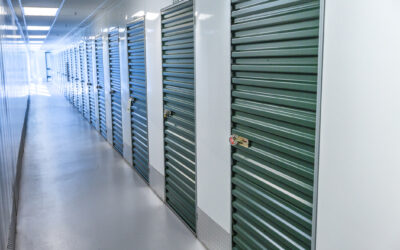For the past several years, catastrophic insurance claims of all types have been occurring more frequently and with increasing severity. The Insurance Information Institute reported $92 billion of insured losses in the United States in 2021 as a result of natural catastrophes to include severe storms, wind, hail, wildfire, flood, and earthquake. Overall economic losses totaled an estimated $169 billion. Insured losses during the first half of 2022 totaled $19 billion as reported by Insurance Business America, but that was before Hurricane Ian made landfall at the end of September. Early estimates put private-market insured losses from Hurricane Ian in the range of $53-74 billion.
This trend in catastrophic weather events inevitably reverberates within the property insurance market. Carriers are reexamining their exposures in certain geographic areas and tightening underwriting guidelines, which can mean higher premiums, higher deductibles, and a greater chance of nonrenewal for some accounts. With that in mind, it is critical that commercial property owners and their insurance agents prepare for potential catastrophic losses by ensuring that exposures are addressed appropriately in the policy.
Property Valuation
Most of us are accustomed to gradual increases in property valuation over time. But thanks to the sharp rise in property-related costs due to inflation and ongoing supply-chain disruption, some insureds are in for sticker shock at policy renewal. Here are a few things to keep in mind when considering property valuation.
A thorough property valuation is a critical component to the risk management process and can impact the claim payment in the event of a covered loss. Replacement cost is the preferred insurance property valuation, and it provides coverage to repair or replace a building with materials of the same or comparable quality. This method of valuation does not include the value of any land. It does include the cost to purchase materials, labor, and ancillary property items such as fences, signs, foundations, sidewalks and driveways. Keep in mind that policy coverage may differ, and it is important to note what is covered and not covered during the valuation process.
Replacement cost coverage does not account for depreciation; however, the market cost of labor and materials to repair or replace a damaged building can fluctuate dramatically as we have seen in the past several years. In addition, property owners making facility improvements or adding new buildings need to consider updating the insurance property valuation to reflect these changes.
Business Income Coverage
In the event of a catastrophic loss, business income (or business interruption) insurance is absolutely critical to an operation’s survival. This coverage pays the policyholder for loss of income and expenses following damage to the property resulting in the partial or total suspension of operations. It is also one of the most complex, least understood, and most undersold insurance coverages available to property owners. Agents should work with their clients to clarify the benefits of business income coverage as well as the documentation required to file a claim.
MiniCo’s experienced underwriters stay ahead of the curve by keeping up with industry trends and understanding the impact they may have on your client’s insurance policies. Contact us to learn about our exclusive programs, coverage details, and industry-specific risk management resources. We will work with you to customize a policy that addresses your client’s needs.




